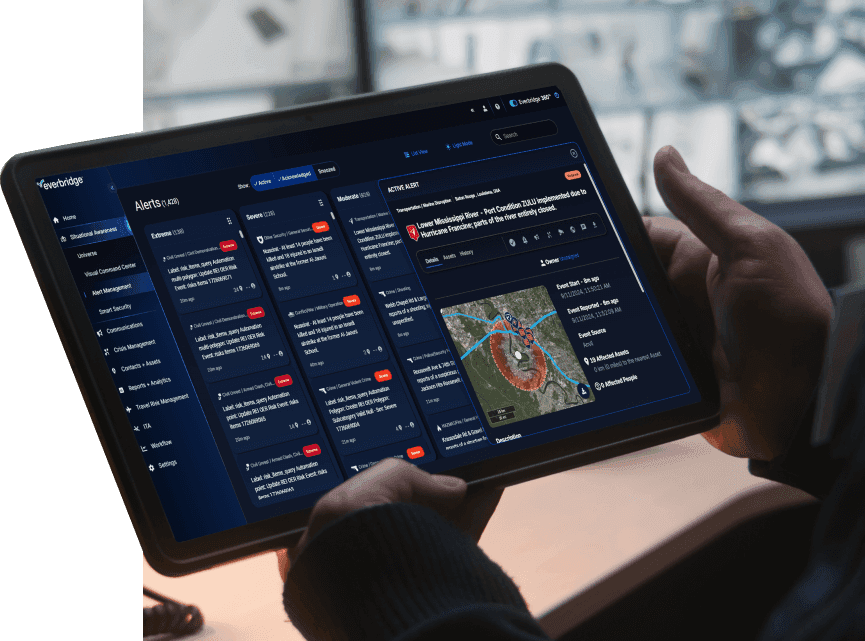
New UK Legislation to Require Terrorism Risk Planning for Public Spaces
The UK Government is consulting on plans to introduce a new law requiring operators of public spaces to consider the risk of a terrorist attack and take proportionate and reasonable measures to prepare for and protect the public from such an attack.
Under the proposals outlined in the consultation document, those responsible for a publicly accessible location will have a “protect duty”. The protect duty would apply to certain publicly accessible locations, widely defined as “any place to which the public or any section of the public has access, on payment or otherwise, as of right or by virtue of express or implied permission”.
Publicly accessible locations include a wide variety of everyday locations such as:
- Sports stadiums
- Festivals & music venues
- Hotels
- Public houses
- Clubs
- Bars
- Casinos
- High streets
- Retail stores
- Shopping centres
- Markets
- Schools
- Universities
- Medical centres
- Hospitals
- Places of worship
- Government offices
- Job centres
- Transport hubs
- Parks
- Beaches
- Public squares
- Other open spaces
This list is by no means exhaustive, but it does demonstrate the diverse nature of publicly accessible locations.
Everbridge Crisis Management
Crisis management, business continuity, and security teams are often dispersed and face many distractions during an incident or attack. This results in miscommunication, overlooked tasks, and delayed response times. Everbridge Crisis Management addresses these challenges by centralising response plans, activities, and resources through a common operating picture and accompanying mobile application.
Fully integrated with the Everbridge Critical Event Management Platform, Crisis Management employs Everbridge’s best-in-class technology for mass notification, incident management, and mobile collaboration. This provides a single platform for all stakeholders—from field operatives to boardroom executives—to operate and analyse incident response tasks during a crisis or critical event. This unified view and flexibility help to mitigate damage and downtime by ensuring normal operations can be restored as quickly as possible.
Crisis Management features
Unified response & communication
Crisis Management orchestrates all crisis response activities, teams, resources, and communications from a single event page. The application includes operator dashboards, integrated chat, incident log, and smart conferencing, and leverages response plans from existing business continuity and enterprise risk management solutions.
Dynamic task management
The Crisis Management Task Manager helps turn static standing operating procedures (SOPs) into actionable tasks that can be assigned to either a function or an individual. Tasks can be added on-the-fly in the middle of a crisis for unanticipated situations and scenarios.
Mobile response plans
Crisis Management provides users with a single interface to notify people, mobilize response teams, use and execute their existing emergency, disaster recovery, and business continuity plans, and collaborate with team members no matter where they are located.
Flexible and powerful forms
Crisis Management provides users with an advanced form builder and a wide range of applications such as impact tracker surveys, request management, and incident management form capabilities. These forms can be used in emergencies, critical events, or for recording minor incidents/logs.

What value does Crisis Management add to an organization?
For customers who did not have a solution in place prior to acquiring Crisis Management, on average Crisis Management reduced their initial response time by 50% by:
- Using auto-launch to trigger task lists and send communications to all stakeholders
- Creating pre-defined templates in advance
Crisis Management reduced critical event management time by up to 60% by:
- Combining dynamic task lists and having the ability to instantly notify task owners instead of requiring everyone to be in the same location or on the same conference bridge to receive tasks
- Receiving real-time feedback within forms during an event, instead of making manual phone calls and/or sending emails requesting information from the field
- Capturing event details directly into a situation report, instead of manually gathering this information throughout the event
- Providing real-time updates, instead of scheduled checkpoints
- Offering dashboard views to communicate to different stakeholder groups

How is Crisis Management used before, during, and after a crisis?
| DIY Approach | Crisis management | |
|---|---|---|
| Before |
|
|
| During |
|
|
| After |
|
|
Crisis Management unifies your business continuity, disaster
recovery and emergency communication processes to accelerate response times for both large and small disruptions.




